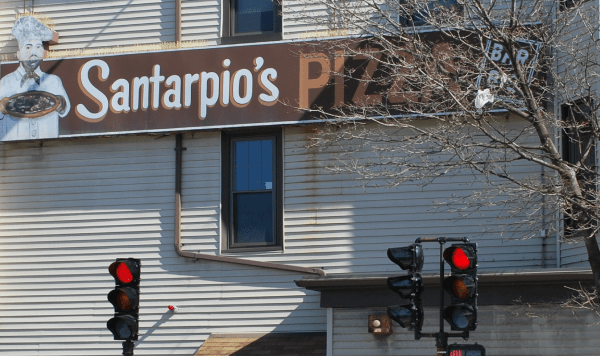As you give back to the community that helped you through your sobriety, you continue to aid your own. New Life House has an active alumni community, with members still showing up after 10+ years of remaining sober. As a result of this process, you can gain lifetime support and community for your recovery due to the connections you make. When you’re in a program with people recovering around your age, it addresses unique developmental needs.
Level One
Yes, some sober living homes allow pets with specific guidelines, such as requiring animals to be spayed or neutered, housebroken, and non-aggressive. Residents must manage their pets responsibly to ensure a safe environment for all. Most sober living homes must charge a fee to maintain the house, pay taxes, and pay staff. However, they aim to make these fees (paid in the form of rent) affordable.
What’s the difference between a sober house and a halfway house?
- Sober living homes are different than halfway houses in that halfway houses are transitional living spaces for people who have been incarcerated and need a place to live while transitioning back into the community.
- We encourage everyone to reinforce positive lifestyle changes through adventure, support, and peer feedback.
- Mandated for individuals exiting prison or court-ordered treatment programs.
The cost of sober living varies based on location, services, and housing type. Standard sober living homes typically cost between $300 and $2,000 per month, with luxury homes charging more for additional amenities. Urban areas and homes that offer structured recovery programs have higher fees. Additional costs include therapy, transportation, and daily expenses. Common rules in sober living homes include maintaining a substance-free environment, adhering to curfews, participating in house meetings or support groups, and contributing to household responsibilities. These rules foster accountability and encourage active participation in the recovery process.
Positive Outcomes
Let’s take this all important first step together – choose Top Sober House Directory today and find the right location near you before beginning your successful road to recovery and sober living. The eligibility requirements for sober living homes include completing a detox or rehab program, committing to sobriety, following house rules, and paying housing fees. These requirements ensure that residents are prepared for a structured, substance-free environment that promotes recovery.
![]()
Sober housing or sober living is a bridge for people who have been in a drug rehabilitation center or program and mainstream society. In other words, the individuals who live there are provided an opportunity to live with others (of the same gender) who are ready to commit themselves to a sober life. More structured sober living programs like New https://ecosoberhouse.com/ Life House allow you to fully focus on your recovery journey. Structured living provides many benefits for long-term recovery by giving you the tools to focus on maintaining your life and developing healthy coping mechanisms. Working on creating a strong support system and finding the root cause of addiction, not just the symptoms.
It further provides an environment to support recovery from substance abuse for those who are emerging from rehab. The only requirement Halfway house for admission is need, a sincere desire to recover, and some prospect of success. Primarily assist individuals transitioning from incarceration or inpatient treatment back into society.

Search Top Sober Houses
If you relapse during sober living, many homes have a zero-tolerance policy, leading to immediate discharge to protect the sobriety of other residents. Some facilities offer support and resources to help you return to recovery, depending on their specific policies. Expectations include attending life skills training, community meetings, house meetings, and clinical and sober house peer support services.
Some alternatives focus on structured environments with peer accountability, while others offer flexible living arrangements with access to outpatient treatment. The differences between inpatient rehabilitation (rehab) and sober living homes are significant in addiction recovery. Inpatient rehab offers intensive, structured treatment with 24/7 medical supervision, typically lasting 30 to 90 days. In contrast, sober living homes provide supportive, substance-free environments with peer accountability, allowing residents more freedom as they transition back to independent living. The duration of stay in sober living homes varies, extending beyond the limited time frame of inpatient rehab. Sober living homes work by providing a structured setting where residents follow sober living home rules, including abstaining from drugs and alcohol, attending therapy, and contributing to household responsibilities.
- While in recovery, New Life House understands that you have certain things you want to accomplish.
- Find rehab for yourself or a loved one by speaking with a treatment provider.
- It has a very loose structure, minimal house rules, and a basic level of support; it’s almost set up like a college dorm.
When you create a proper support system, you have long-term relationships that can offer protective factors against relapse. Sober living homes are places where someone in recovery can find independence while learning to seek and obtain community resources necessary for long-term recovery. We are always adding NEW HOUSES and are dedicated members of recovery communities all across Florida.See our current house directory listings here. We provide information such as eligibility rules and requirements for most of our listings.
